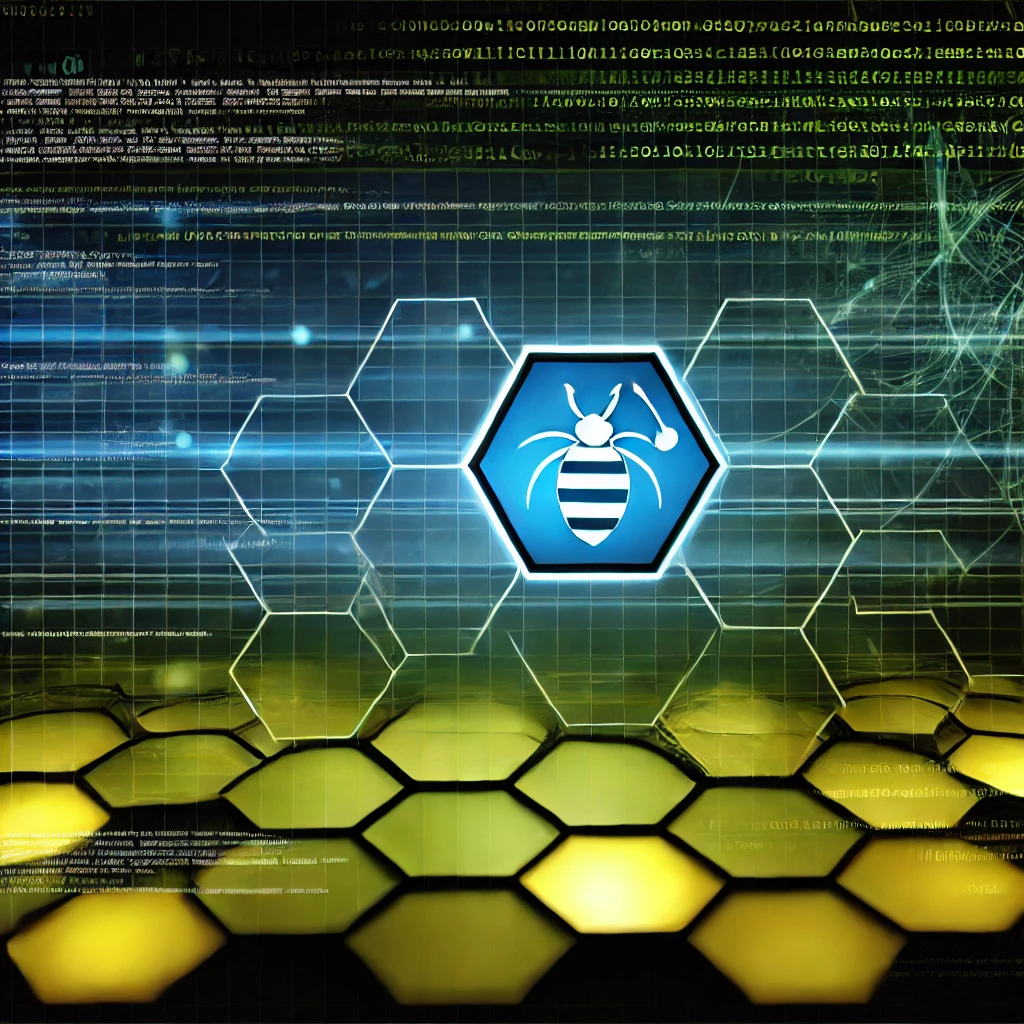Key Takeaways
- Ransomware significantly threatens individuals and organizations, requiring comprehensive preventive measures.
- Implementing updates, backing up data, and educating employees are essential strategies.
- Utilize technology such as advanced email filtering and endpoint protection to bolster defenses.
Understanding Ransomware
Ransomware represents one of the most challenging cybersecurity threats, characterized by its ability to lock or encrypt a victim’s files and demand a ransom for restoration. This attack disrupts operations and poses a severe financial threat, exceeding its initial impact well into potential data loss and reputational harm. To defend against such an evolving threat, a deep understanding of its mechanisms and the tactics used by cybercriminals is crucial. Comprehensive resources and guides, such as the ransomware hub provided by Fortinet, offer valuable insights into tackling these sophisticated attacks.
Regularly Update Software and Systems
The importance of keeping software and systems updated cannot be overstated. Many ransomware attacks succeed by exploiting known vulnerabilities in outdated software applications or operating systems. Regular updates and patches fix these vulnerabilities, building a robust first line of defense against potential threats. Organizations should prioritize automated update protocols to facilitate this and ensure that even the less critical systems are not neglected throughout this continuous process. Keeping everything updated is vital to avoiding attackers always looking for unpatched systems.
Implement Robust Backup and Recovery Solutions
Developing a comprehensive backup strategy is an essential element of ransomware prevention. Regularly scheduled backups, including an offline or cloud-based solution, ensure that data can be swiftly recovered without ransom. Furthermore, testing these backups periodically is essential to verify data integrity and accessibility. By adopting offsite and onsite backup methods, you can provide an additional layer of protection, making your data resilient to severe attacks. According to Total Secure Technology, ensuring your backups are isolated from the network is vital for preventing ransomware from accessing them.
Employ Advanced Email Filtering
Since phishing emails are often the precursor to a ransomware attack, advanced email filtering solutions play a critical role in security. These filters use machine learning and heuristic checks to identify and quarantine suspicious and potentially harmful emails before they reach users. Training employees to identify phishing attempts is equally essential. Building a culture of security awareness ensures that employees recognize the characteristics of phishing emails and avoid clicking on malicious links or downloading unknown attachments, which is often how ransomware infiltrates systems.
Limit User Privileges
Implementing stringent access controls through the principle of least privilege is vital in mitigating the spread of ransomware. Organizations can limit the potential damage of a ransomware breach by ensuring that employees have access only to the data and resources they need to perform their job functions. Detailed auditing and regular review of user access rights help maintain an environment where unauthorized changes to user privileges can be quickly detected and corrected. This approach confines potential threats to the initial point of contact, significantly aiding containment and remediation strategies.
Utilize Endpoint Protection
Advanced endpoint protection tools are crucial in detecting and preventing ransomware attacks. These solutions offer real-time visibility into device activities, utilizing a combination of machine learning, behavioral analysis, and signature-based detection methods. By constantly analyzing patterns and deviations in device behavior, endpoint protection software can intercept threats before they execute, thus preserving the integrity of networks and systems. Leveraging tools like intrusion detection and prevention systems further fortifies endpoints against potential ransomware intrusions.
Conduct Regular Security Audits and Assessments
Regular security audits are essential in identifying and addressing vulnerabilities within your infrastructure. Conducting thorough penetration tests and ongoing vulnerability scans helps expose weaknesses that cybercriminals could exploit. Such proactive measures enable organizations to tighten security measures continuously. Coupled with these efforts, maintaining a comprehensive log management system is pivotal in ensuring that any traffic or system behavior irregularities are swiftly recognized and addressed.
Educate and Train Employees
Employee training is imperative for a secure organizational environment. Regular cybersecurity education programs should be designed to teach employees about the risks and signs of phishing attacks and the proper protocols for incident reporting. Understanding ransomware attacks’ implications and potential severity encourages vigilance and compliance with security policies. Training sessions should be engaging and interactive to maximize retention and promote a security-conscious culture.
Develop and Test an Incident Response Plan
An effective incident response plan is crucial in minimizing the impact of a ransomware attack. This plan should clearly outline roles, responsibilities, communication strategies, and technical recovery steps. Regularly testing the plan through drills and simulations ensures that all stakeholders know their responsibilities and can act swiftly to mitigate damage. Post-incident reviews should be conducted to refine the response plan further, addressing any potential gaps identified during the exercise.
Leverage Network Segmentation
Leveraging network segmentation can significantly limit ransomware spread within an organization’s infrastructure. By dividing a network into smaller, controlled segments, each isolated from one another, the potential for lateral movement by ransomware is drastically reduced. This structured layout not only aids in preventing extensive network-wide breaches but also simplifies monitoring, as any anomalous activity can be quickly pinned down to a specific segment, facilitating faster response times and more targeted remediation efforts.
Engage with Reliable Cyber Threat Intelligence
Engaging with reliable cyber threat intelligence services provides organizations with the latest information on emerging threats, enabling a proactive approach toward cybersecurity. These services offer insights into current trends, attacker tactics, and specific vulnerabilities being exploited. By integrating threat intelligence into security strategies, organizations can prioritize their defensive measures and stay ahead of potential threats. Collaboration with these intelligence providers becomes a strategic ally in crafting a robust defense against ransomware and other cyber threats.
Conclusion
Protecting against ransomware is a multi-layered endeavor that requires a cohesive integration of technology, strategic planning, and ongoing education. By adhering to the best practices outlined above, individuals and businesses can enhance their cybersecurity resilience. As ransomware threats evolve, maintaining vigilance and adapting security measures is essential to safeguarding data and ensuring operational continuity in today’s digitally dominated world. Taking proactive steps now will help shield against unpredictable future challenges.


